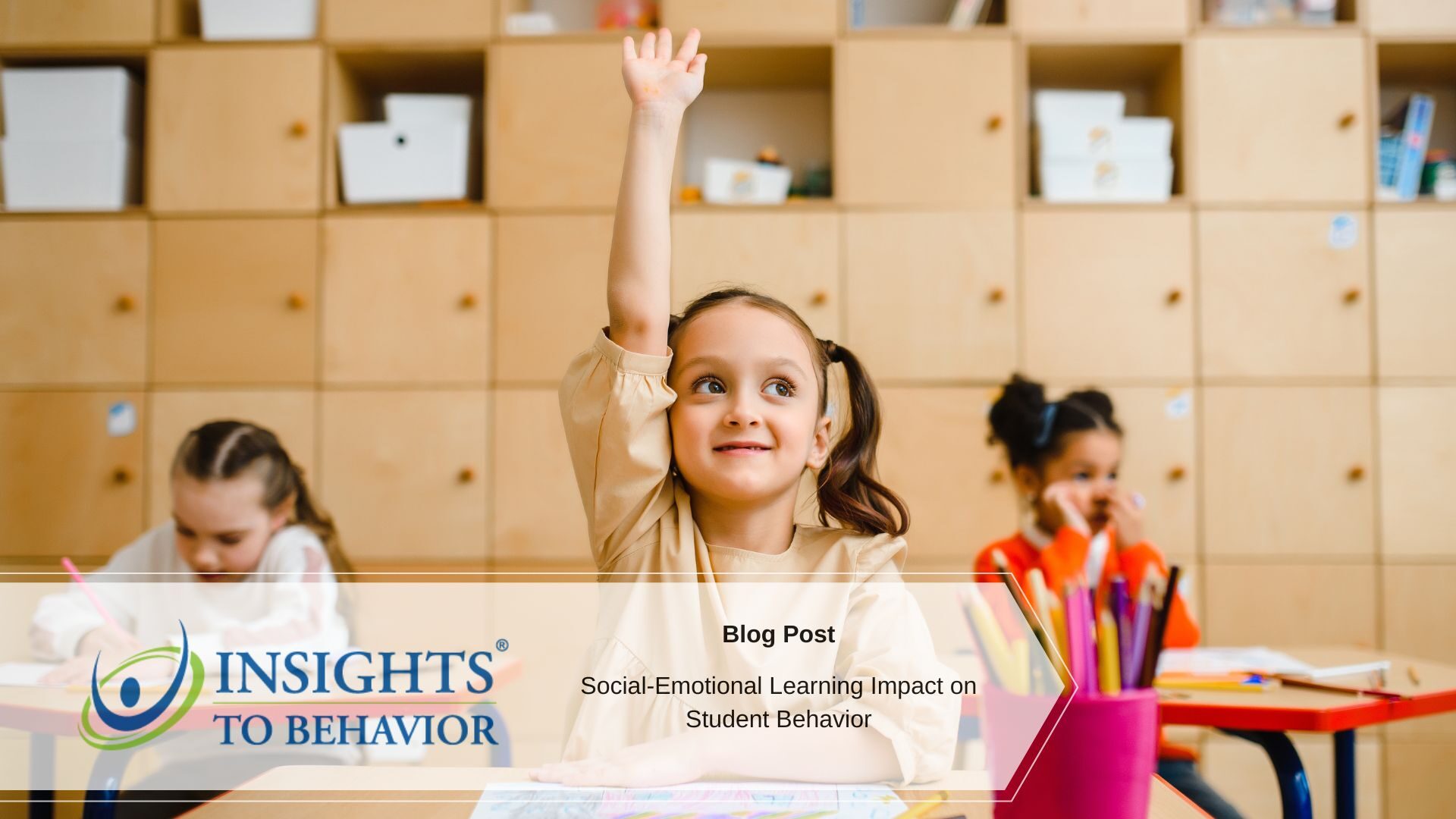Mental health problems affect around 10% of all students in the United States. This can make it difficult for children to pay attention in class. It can also result in them misbehaving and disrupting the class.
But ABA (applied behavior analysis) can help with this problem. Social and emotional learning (SEL) can also help. But what is social and emotional learning and how can it make an impact on student behavior?
Keep reading and learn more about how it works below with this guide.
What You Need to Know About Social-Emotional Learning
Many people think that learning is all about sitting down and staring at a book for hours at a time. But learning in the social and emotional realm is also important. The social-emotional impact that this has on children can significantly alter the way they behave in the classroom.
It can also change the way they behave outside of the classroom. SEL focuses on enhancing self-control and self-awareness. Many children won’t know much about these skills without social-emotional learning.
Positive reinforcement plays an important role too.
Many young children are unable to think about things from another person’s perspective. They may only care about their interests. They may not understand how other people feel in reaction to their actions either.
Children exhibit many examples of a lack of self-control too. A child may hit another child out of anger if they can’t have their way, or a child may scream and cry, disrupting the classroom without regard to others.
This behavior is common during the early stages of childhood. But it should not continue into the later stages. This is why social-emotional learning is so important.
If children are left to their own devices, they will never learn these skills of self-control. This can lead to a lot of problems in the classroom, and children may start making a fuss in the middle of class.
This can make it impossible to teach properly. SEL teaches children that the world does not revolve around them. It teaches them to be more aware of other people and their feelings.
The Details
SEL also teaches them that their actions have consequences. They can’t get away with everything or expect to always get what they want. But SEL is not about punishment.
It focuses on positive reinforcement. When a child does something good, that child is rewarded. If a child does something bad, the child does not get a reward.
This teaches the child the difference between good and bad behavior. Very young children can understand this concept too. SEL also teaches children how to interact with others healthily.
This is important in the classroom since there is plenty of natural interaction. It may be necessary to create teams in the classroom for certain projects. Learning how to work well with others is essential.
These skills can benefit children as they grow into adults. They can use coping mechanisms and thought processes to get through problems. They can also use these skills to form relationships.
These skills will also make classroom learning much easier.
The Impact of SEL on Student Behavior
One of the main things that SEL teaches students is empathy. Many young children lack empathy. This is not because there is something wrong with them, but because this is a natural type of behavior for children.
Children usually develop empathy as they grow older and learn from other people. But this does not always happen. Children may behave badly with others without empathy.
Empathy allows people to feel what others are feeling. Without this effect, children may hurt other children without caring. They may not realize that they are hurting others either.
SEL helps students understand what can happen when they interact with other students. Having more empathy can reduce violent behavior and feelings among students. This makes the students more likely to behave and get along with each other.
Improved empathy can also reduce incidences of bullying. Bullying is often caused by a lack of empathy and an excess of aggressive feelings. This also allows students to focus more on their schoolwork.
They can focus on the task at hand rather than being distracted by other students. This is important for academic success. The use of SEL in classrooms is associated with a lower dropout rate among students.
It is also associated with improved academic achievement.
What You Need to Know
SEL skills can help students in the future when it is time for them to get a job. This is because most jobs want people who have fluent social-emotional skills.
This learning impact will stick with a student throughout their life. It will continue to benefit them no matter how old they are. It is best to start social-emotional learning early in a student’s life.
The earlier, the better. But SEL can be used at any time. Older, teenage students can benefit from SEL too.
It allows them to see the world and themselves in a different light. It also shows them how their behavior affects the people around them. SEL makes the classroom environment calmer and more efficient too.
ABA and Social-Emotional Learning
ABA and social-emotional learning are two very important things children should be familiar with. SEL is a great way to promote self-awareness and self-control among students. This can help them develop empathy for others.
It also reduces misbehavior and promotes a better learning environment. To learn more about how it works, check out our services.



